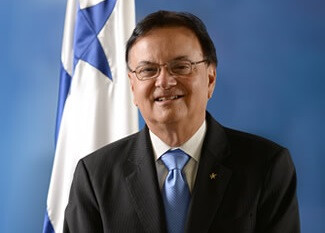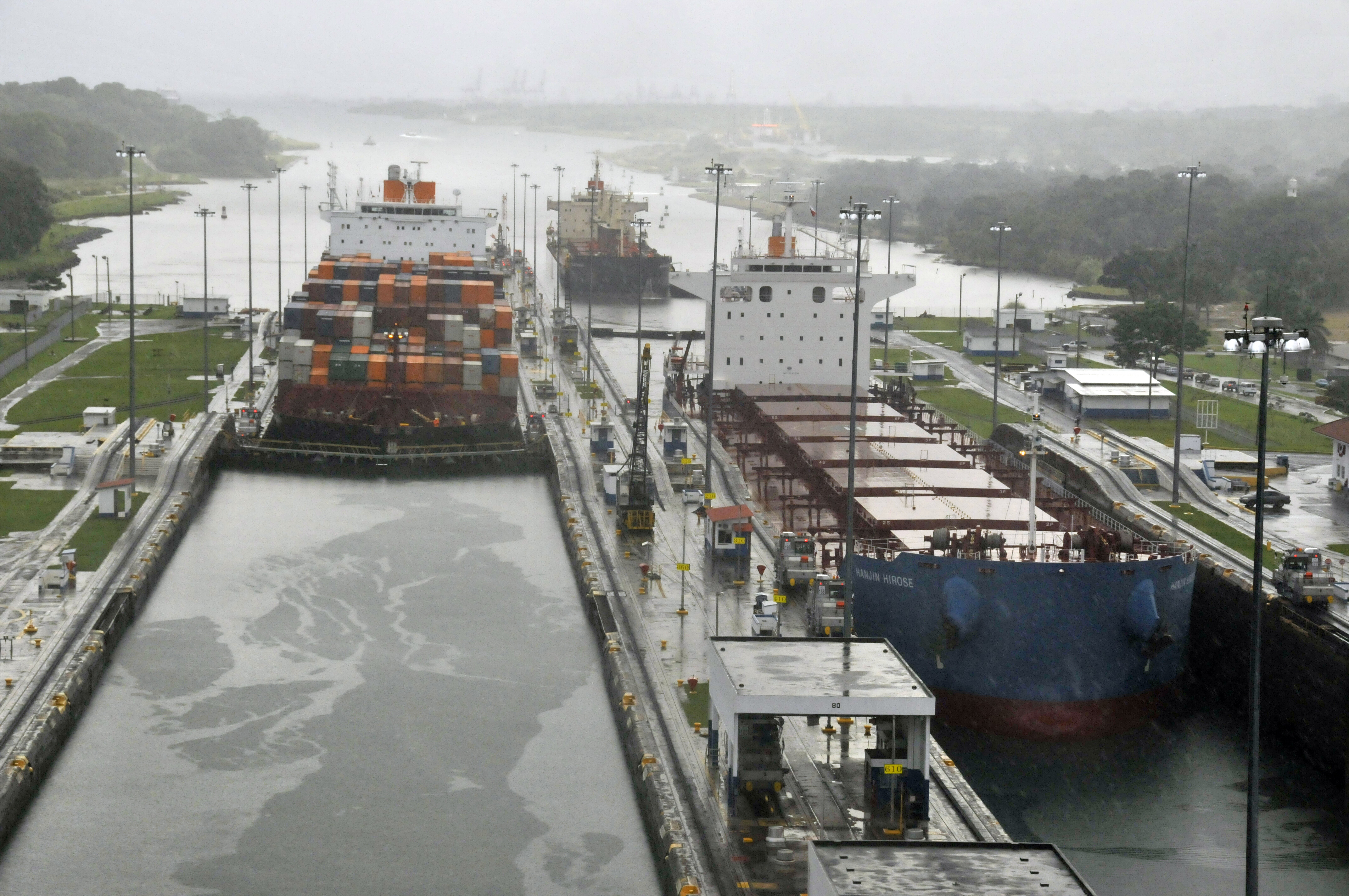Interview with Roberto Roy, Minister for Canal Affairs
LatAm INVESTOR caught up with Roberto Roy, Panama's Minister for Canal Affairs, to find out how the country is planning to maintain its positions as one of the world's great logistical hubs...

LatAm INVESTOR: Some people believe that the Canal expansion is not large enough; how do you think that the expansion will maintain Panama’s role as a logistics hub?

Minister Roy: The Panama Canal is a nexus point for various routes and as such, it must effectively, efficiently, sustainably serve the markets connected by these routes. The main Panama Canal route is the one that joins Asia with the ports in the Eastern Seaboard and GulfCoast of the United States. Around 39% of our trade takes place along this route. The East and GulfCoast ports are not capable of handling 18,000 TEU vessels and their expansion projects are geared towards handling the maximum vessel sizes that will transit through the expanded Panama Canal. These 18,000 TEU vessels were specifically designed to be deployed and call on ports along the Suez route between Asia and Europe. Our Neo Panamax Vessels (NPX) of 14,000 TEU provide the optimum combination between size and flexibility.
The canal expansion will foster Panama’s growth as a logistics hub, as larger vessels will transit the waterway and complete transhipment operations in our country for distribution of goods, mainly to the regional markets within the Americas.
LAI: One of the Panama Canal’s main advantages as a shipping route is that it cuts down journey time; how worried are you that this advantage is being eroded by falling oil prices?
MR: Time will always be important! The Panama Canal Authority strives to increase the canal’s competitive advantage by enhancing its connectivity, level of service and value-adding potential.
"Time will always be important…"
Of course we monitor the oil situation but are not particularly worried. Fluctuations in the price of oil are a common occurrence. The Panama Canal Authority takes these changes into consideration and is always exploring new ways to increase the attractiveness of the route that could potentially offset some of the negative effects of the dramatic decline in the price of oil.
LAI: How is Panama adding additional services, such as value-added logistics or bunkering, to ensure that it remains an attractive destination for the main shipping lines?
MR: Since the United States handed over the Panama Canal and its adjacent areas to Panama, the country’s public and private sectors have worked on developing and strengthening the cluster of activities around the canal area.
Today, Panama is the only port with terminals in two oceans, with operating efficiency that ranks it among the most productive ports in the region. In addition, the services of the Colon Free Zone have been complemented with the establishment of logistics parks that provide value-added services to the cargo, as well as special laws that are designed to attract the establishment of multinational corporations.

The Panama Canal Authority is currently evaluating new projects that will support the creation of business and service clusters in areas that are part of the waterway’s jurisdiction. The projects include a new container terminal in the Pacific entrance with capacity for 5.3 million TEU.
In addition, we are studying the possibility of building a roll-on/roll-off (ro/ro) terminal, and developing approximately 1,150 hectares of reclaimed land on the west bank of the canal into potential distribution and warehouse space. Other projects that will be evaluated in the future include an LNG terminal, container barge services to move containers from one ocean to another, top-off operations for dry bulk commodities and vessel repair activities.
LAI: How has the expansion of the canal been integrated with the other infrastructure programmes in the country to ensure Panama’s competitiveness as a logistics hub?
MR: Aside from the new business endeavours detailed above, the canal remains engaged in other programmes such as the planning and construction of a major bridge across the Canal on the Atlantic side and providing dredging and access channel expansions on Canal entrances which will directly add value to Panamanian ports.
In the last decade, Panama has upgraded its road and train infrastructure to help improve overall connectivity. Furthermore, Panama has expanded and refurbished the Pan-American Highway which connects the capital city with Central and North America.
LAI: How long will it take for the expansion of the canal to repay the investment?
MR: Given the current economic conditions and subject to the canal’s demand in the next couple of years, the payback period is expected to be less than 10 years.